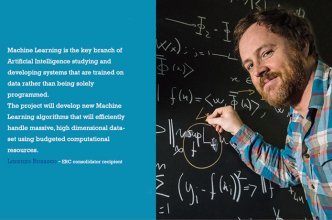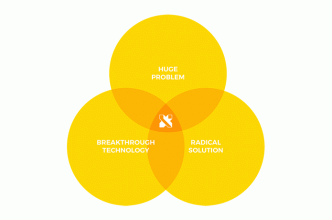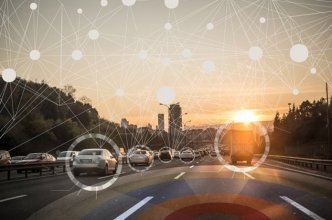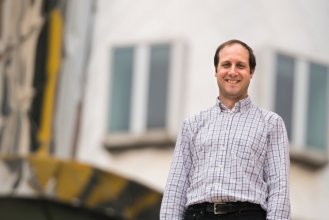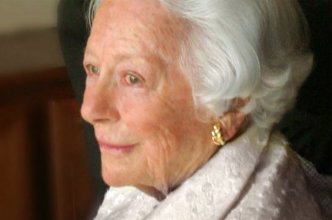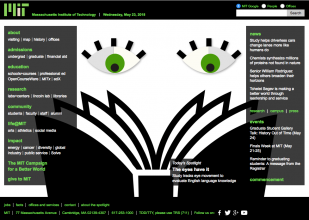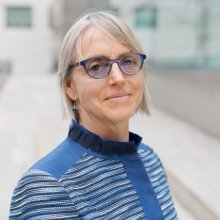Home Page Spotlights
Prof. Lorenzo Rosasco of the Department of Computer Science, Bioengineering, Robotics and Systems Engineering (DIBRIS) has won a European Research Council (ERC consolidator) grant with the project "Efficient algorithms for sustainable machine learning".
*Deadline Extended* - Alphabet (formerly Google) X announces residency program that is geared towards those who want to apply their AI abilities in experimental yet highly practical ways to make meaningful progress against seemingly intractable problems.
Advances in AI have spurred high interest in the technology, but the road to making machines intelligent remains a long one, said MIT's Josh Tenenbaum at the EmTech conference.
While artificial intelligence has been busy besting humans at Go and spawning eerily personable Alexas, some neuroscientists have a different hope: that the types of algorithms driving those technologies can also yield some insight into the human brain.
In simulations, robots move through new environments by exploring, observing, and drawing from learned experiences: Humans can usually navigate spaces safely without thinking too much. Robots, on the other hand, struggle with such navigational concepts.
New investment supports intelligence research, student fellowships: Fujitsu and CBMM announced a multi-year philanthropic partnership focused on advancing the science and engineering of intelligence while supporting the next generation of researchers.
Prof. Saxe is best known for her discovery of a brain region that is specialized for "theory of mind," people's ability to think about the thoughts, beliefs, plans, hopes and emotions of other people.
Prof. Antonio Torralba has been named the inaugural director of the MIT Quest for Intelligence, effective immediately. Additional Quest leadership members, of both The Core and The Bridge, were also announced.
On May 3, 2018, Mrs. Margaret McDermott passed away at the age of 106. There are very few who have contributed to MIT as much as Margaret and her family did...
"Patrick Winston’s computer is learning about revenge, ambition, and murder. It knows that victory can make you happy. But it also knows you can’t be happy if you’re dead."
A striking feature of modern supervised machine learning is its pervasive over-parametrization. Deep networks contain millions of parameters, often exceeding the number of data points by orders of magnitude. These networks are trained to nearly ...
Study tracks eye movement to determine how well people understand English as a foreign language. | MIT News Office
The Cognitive Neuroscience Society presents the George A. Miller Award! to "recognize an individual whose distinguished research is at the cutting-edge of their discipline with realized or future potential, to revolutionize cognitive neuroscience."
Prof. Kanwisher has received the The Heineken Prize "for her highly original, meticulous and cogent research on the functional organization of the human brain” and will be presented at an award ceremony on Sept. 27, 2018, in Amsterdam.
AI advances by industry giants like Google and Tesla, are based on engineering and computation, and little work in humans. Algorithms behind this tech come out of neuroscience research, so one of the next breakthroughs will likely come from here as well.

